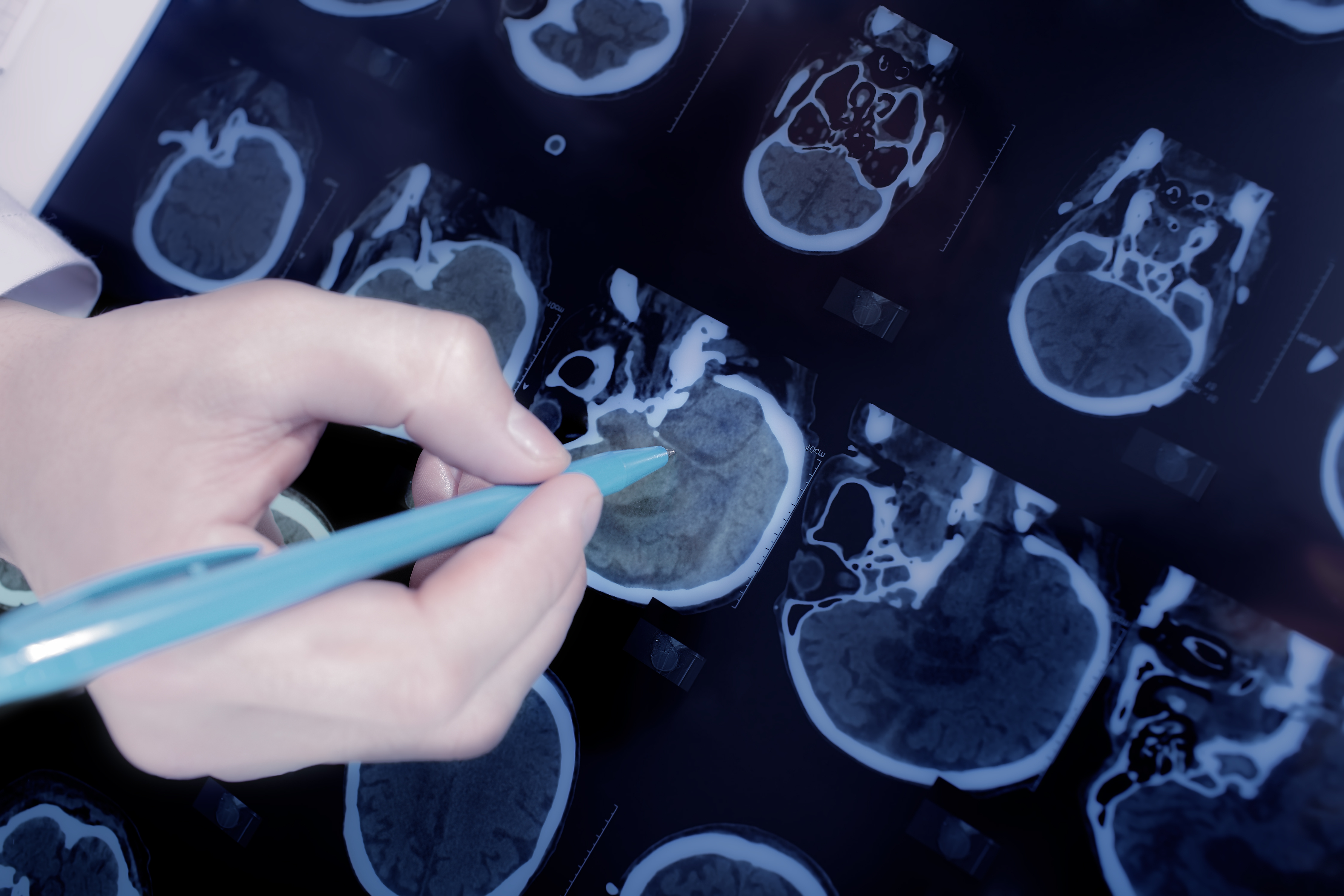New Stem Cell Transplant System for Parkinson’s Disease Improves Cell Survival

Researchers using a new system with real-time imaging to guide transplants of neurons into the brains of non-human primate models with Parkinson’s Disease not only allowed better oversight of the procedure, but also improved cell survival.
The research report, “Real-Time Intraoperative MRI Intracerebral Delivery of Induced Pluripotent Stem Cell-Derived Neurons,” published in an early online release by the journal Cell Transplantation, marks another advance for stem-cell derived neuron transplants in patients.
The transplant involves taking skin cells from a patient and turning them into induced pluripotent stem cells in the lab. Simply, the cells are genetically modified to behave like embryonic stem cells that are able to form all adult cell types, including dopamine producing neurons that can be inserted into the brains of patients.
The approach has posed challenges for Parkinson’s disease. During surgery, cells are not able to survive long at room temperature and they tend to clog the very thin tube tool (cannula) that is used to inject the cells into the brain.
The research team at University of Wisconsin-Madison developed the new system using magnetic resonance imaging (MRI) to guide the transplant of the cells and make the process faster and more accurate. In the study report, the research team described how they upgraded the system to work in real-time, allowing researchers to use the tool not only before, but also during surgery.
The team tested the system in the lab to determine which cannula would be best to use, and worked to reduce the time the cells were in the device before being injected — both crucial aspects in assuring cell survival. The system also permitted researchers to monitor injection pressure to prevent clogging the cannula.
Researchers then tested the system on non-human primates. Brain analyses showed that the neurons survived well after the transplant.
“Cell therapy is the cornerstone of regenerative medicine for neurodegenerative disease,” Paul Sanberg, a distinguished professor at the University of South Florida and co-editor-in-chief for the journal said in a news release. “With the advent of induced pluripotent stem cells, the field has made significant advances.”






